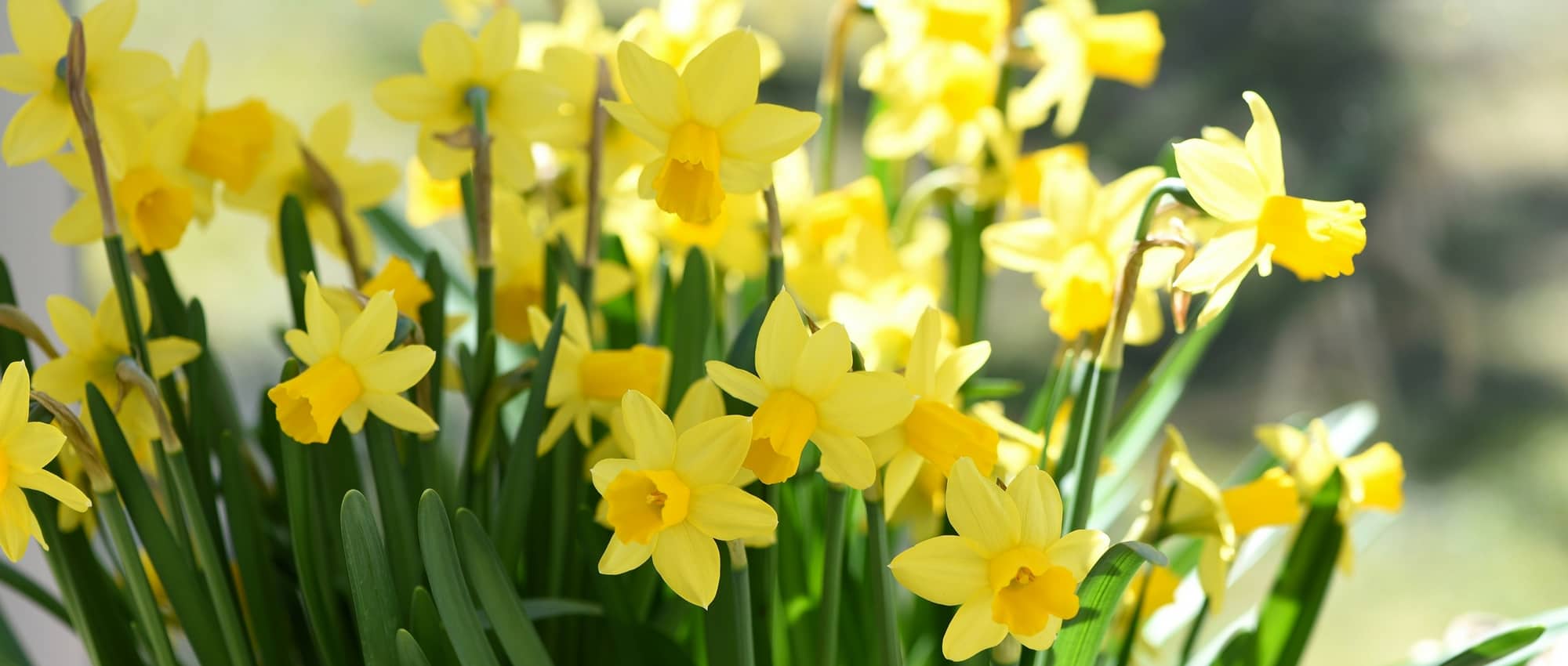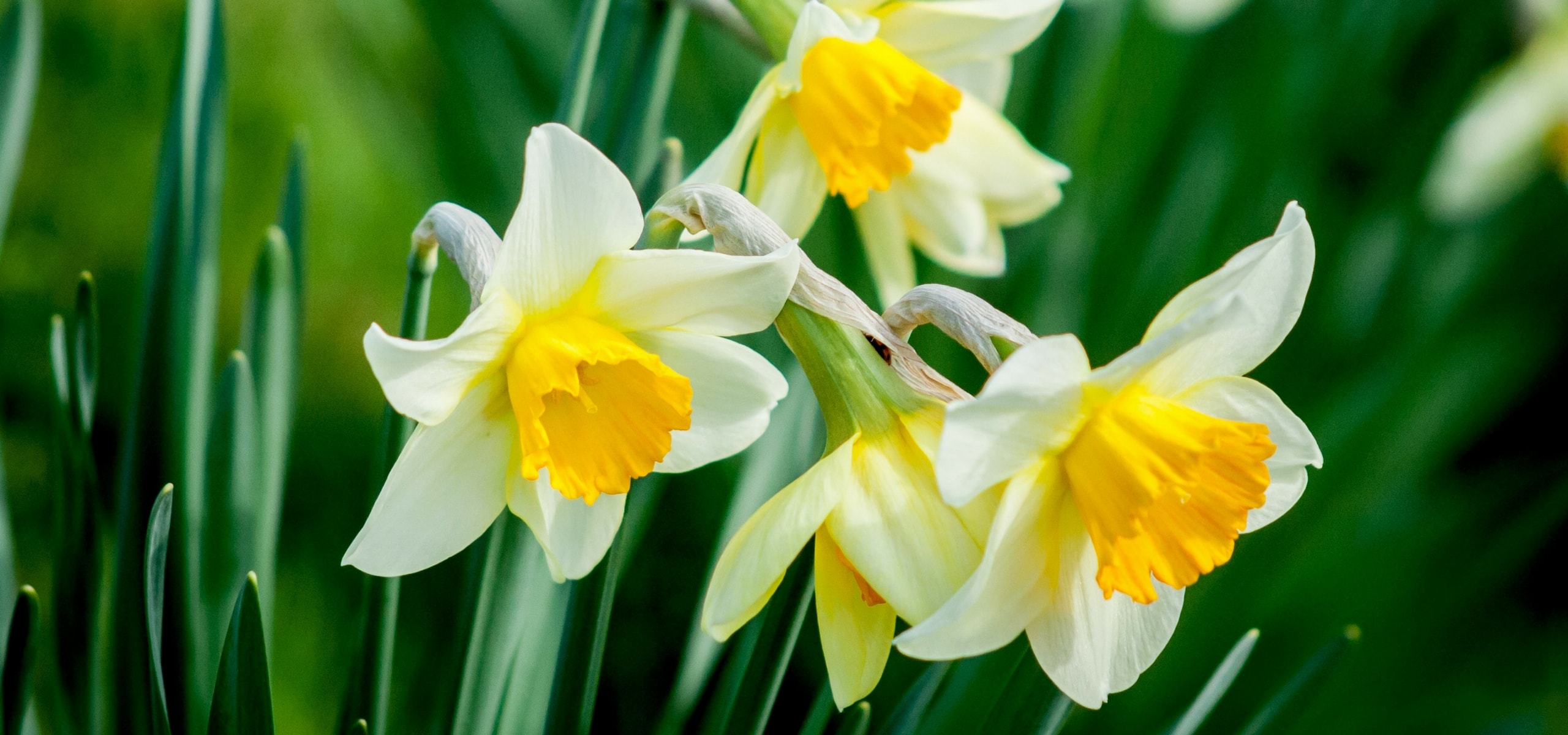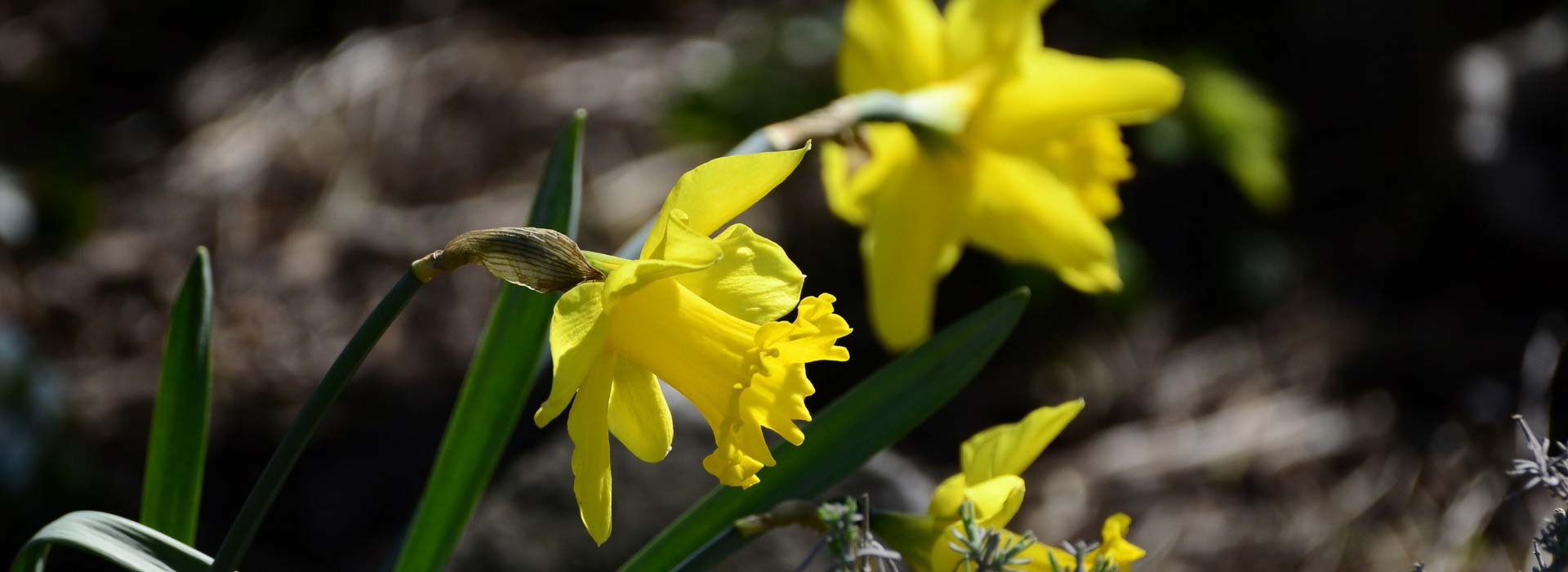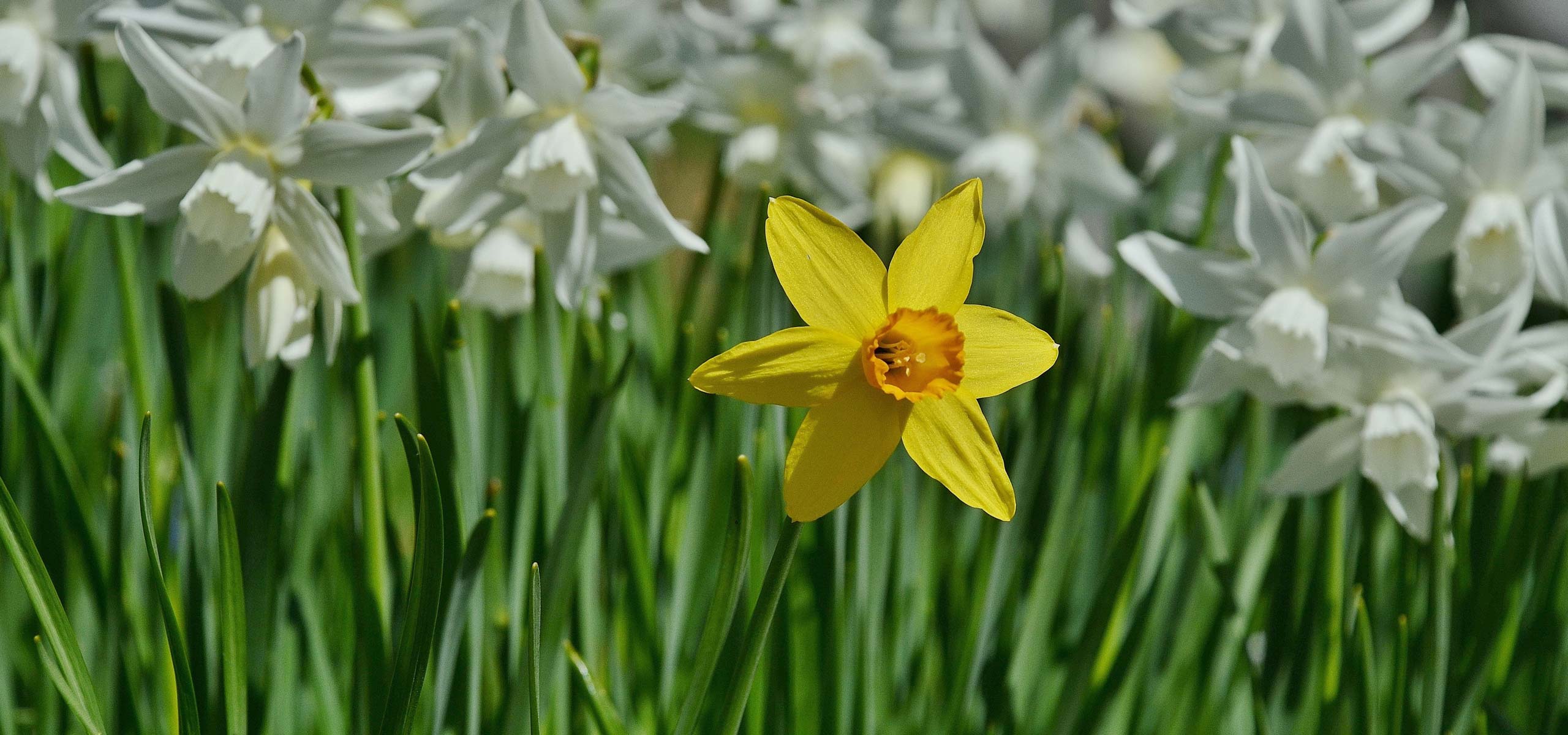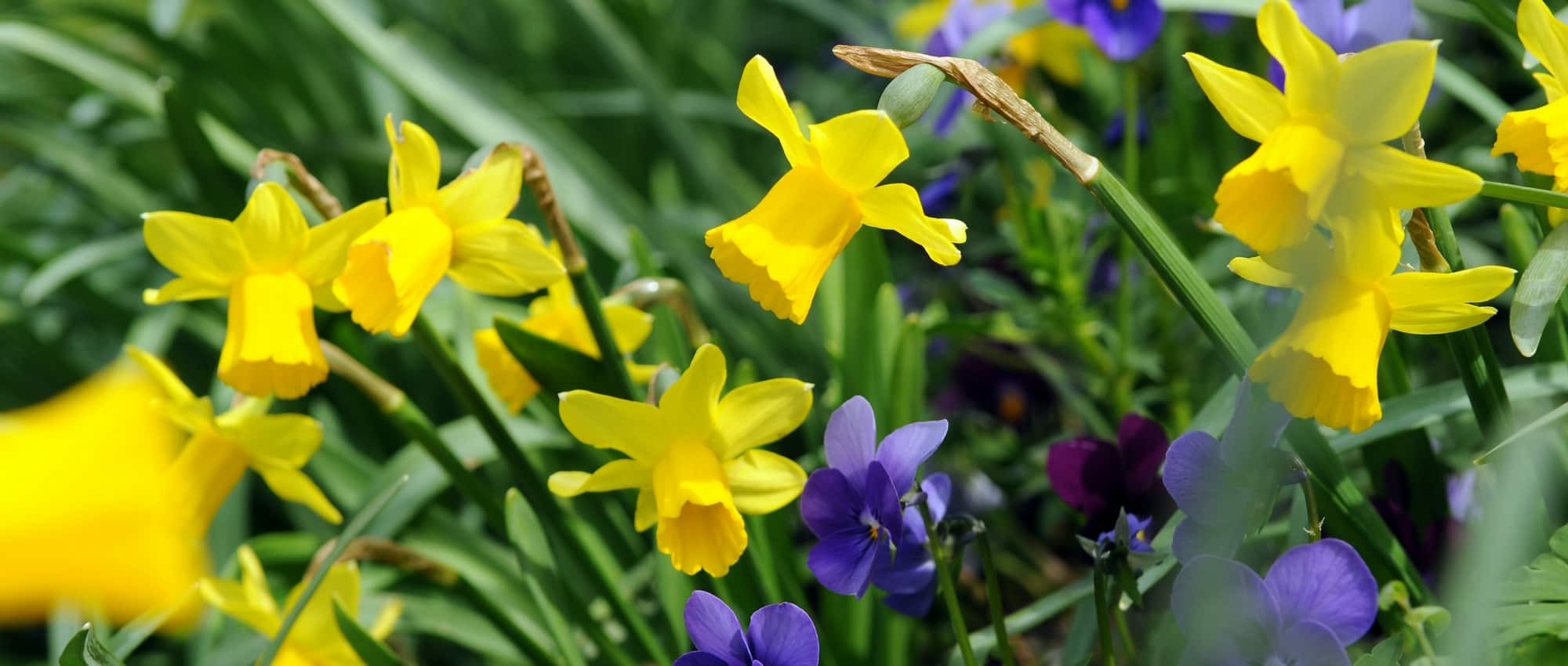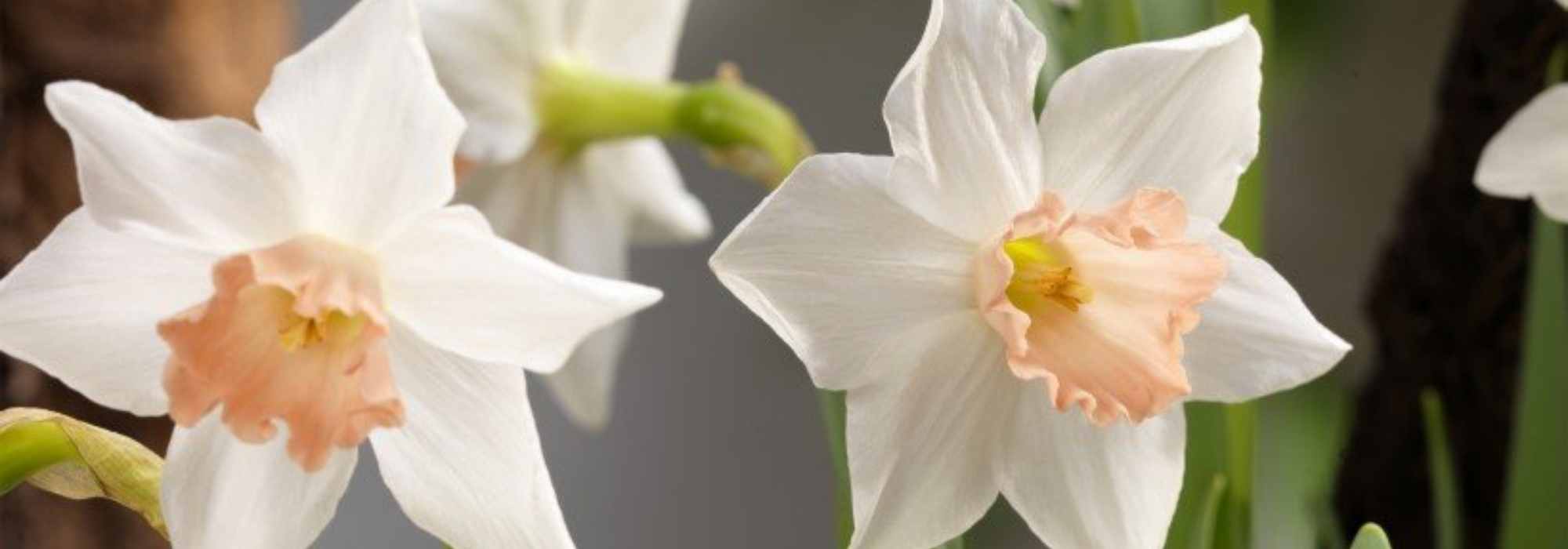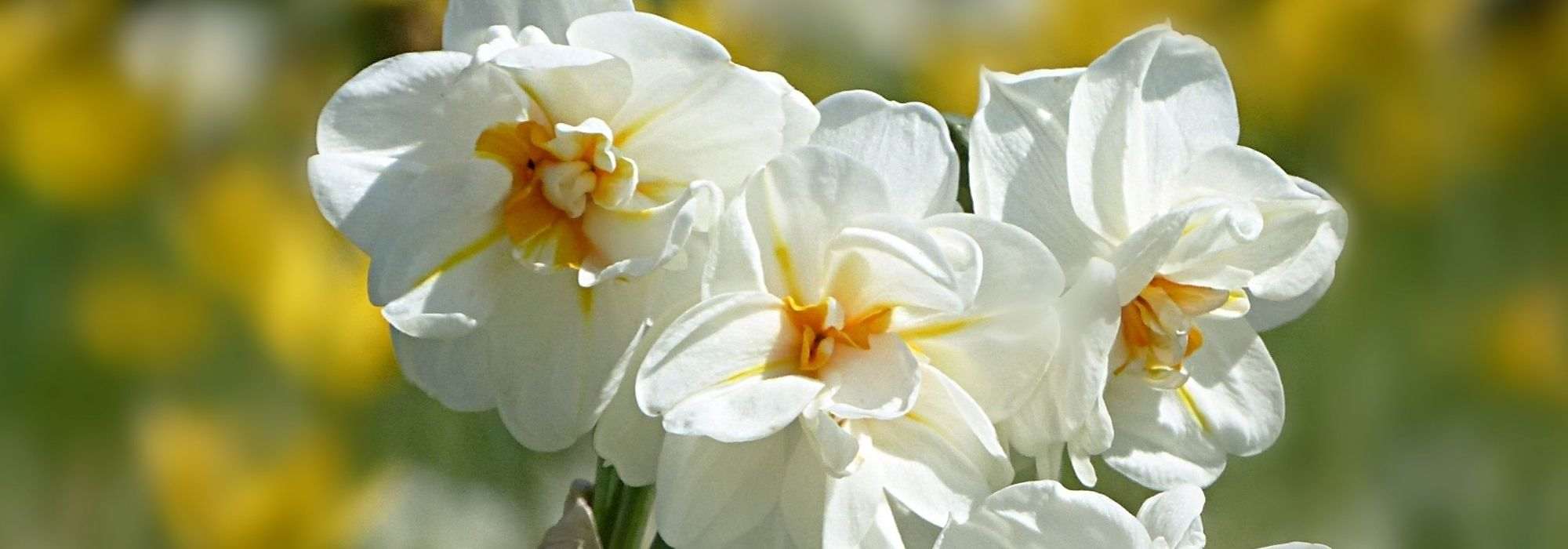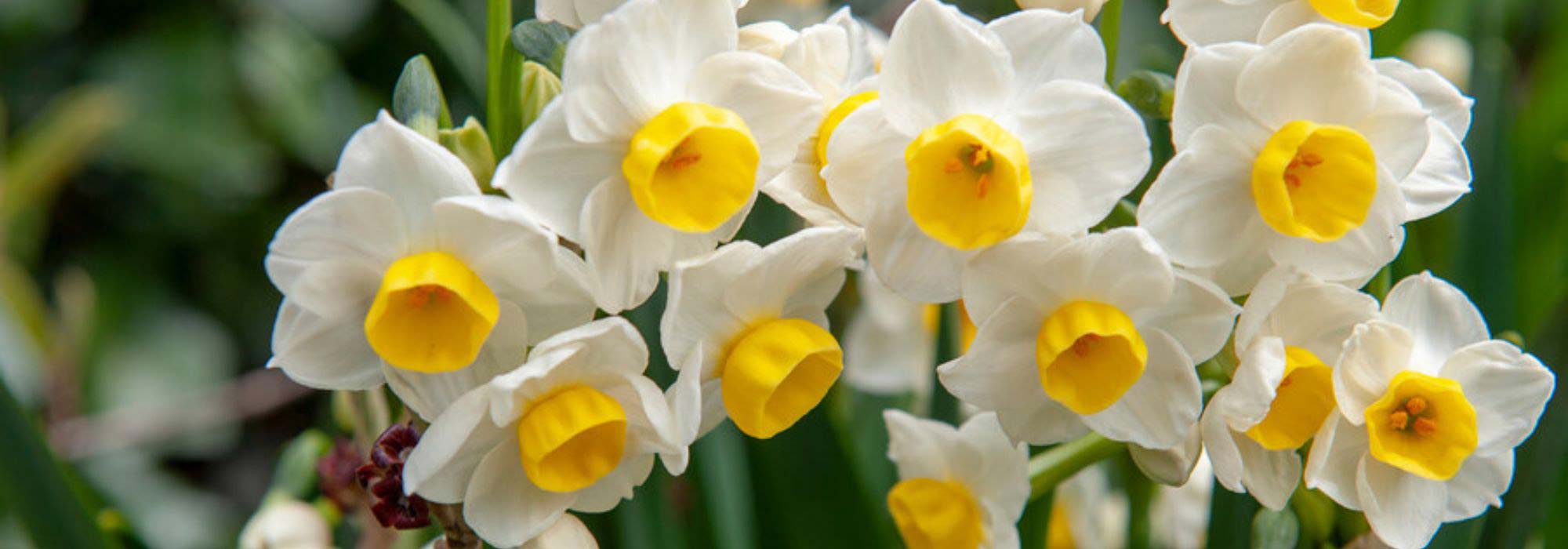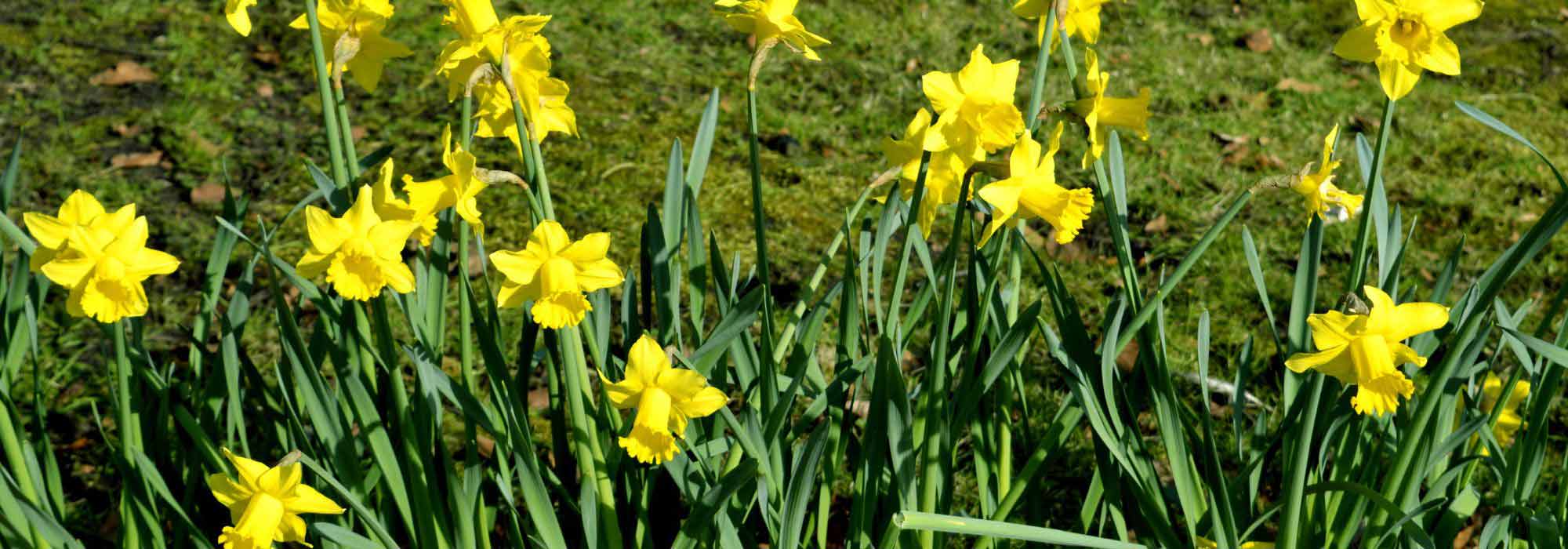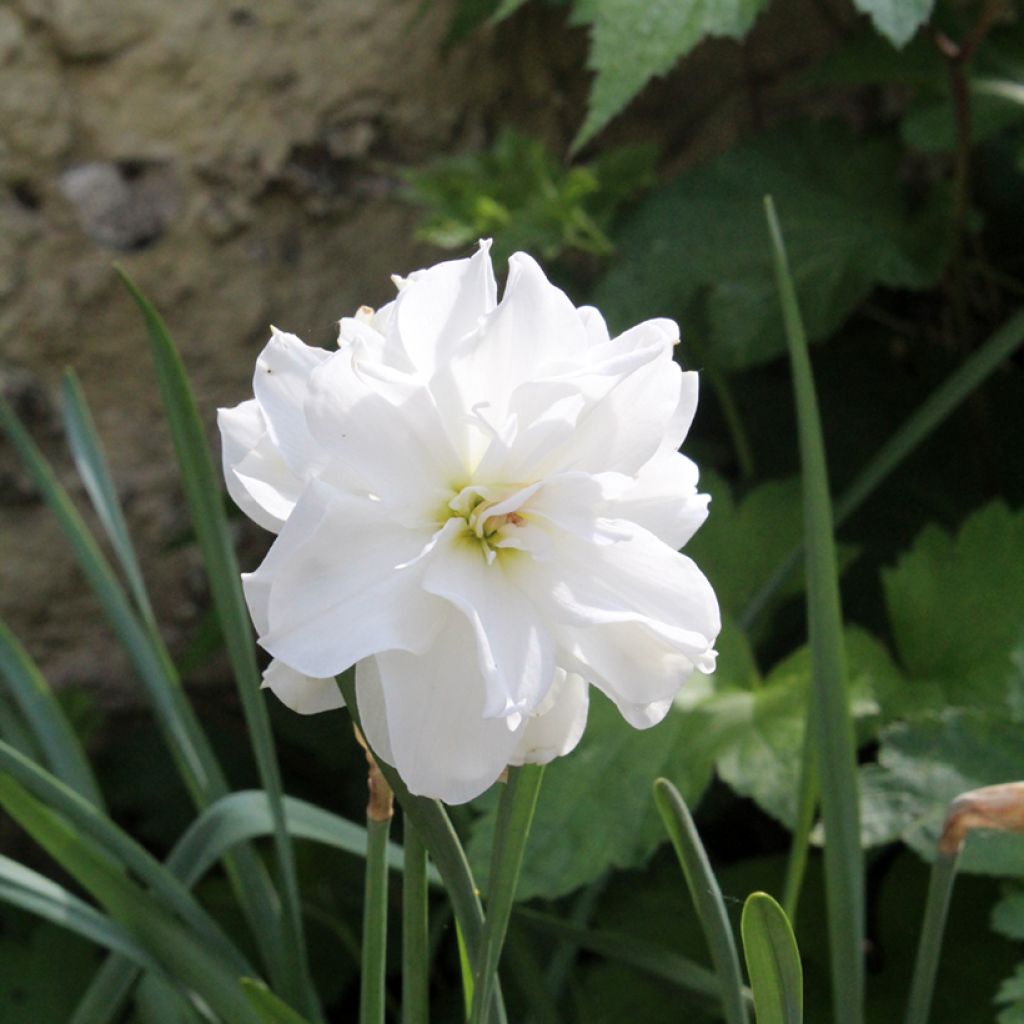

Narcissus poeticus 'Albus Plenus Odoratus'
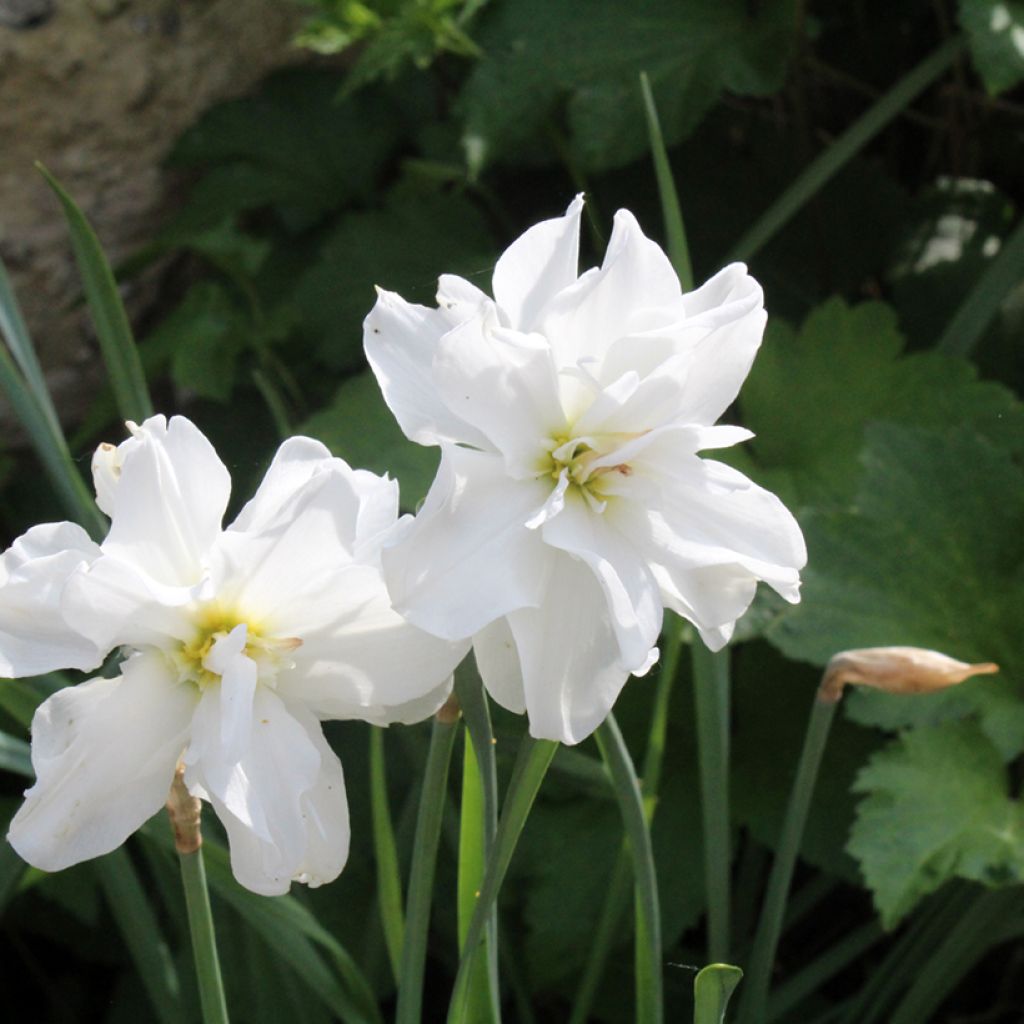

Narcissus poeticus 'Albus Plenus Odoratus'
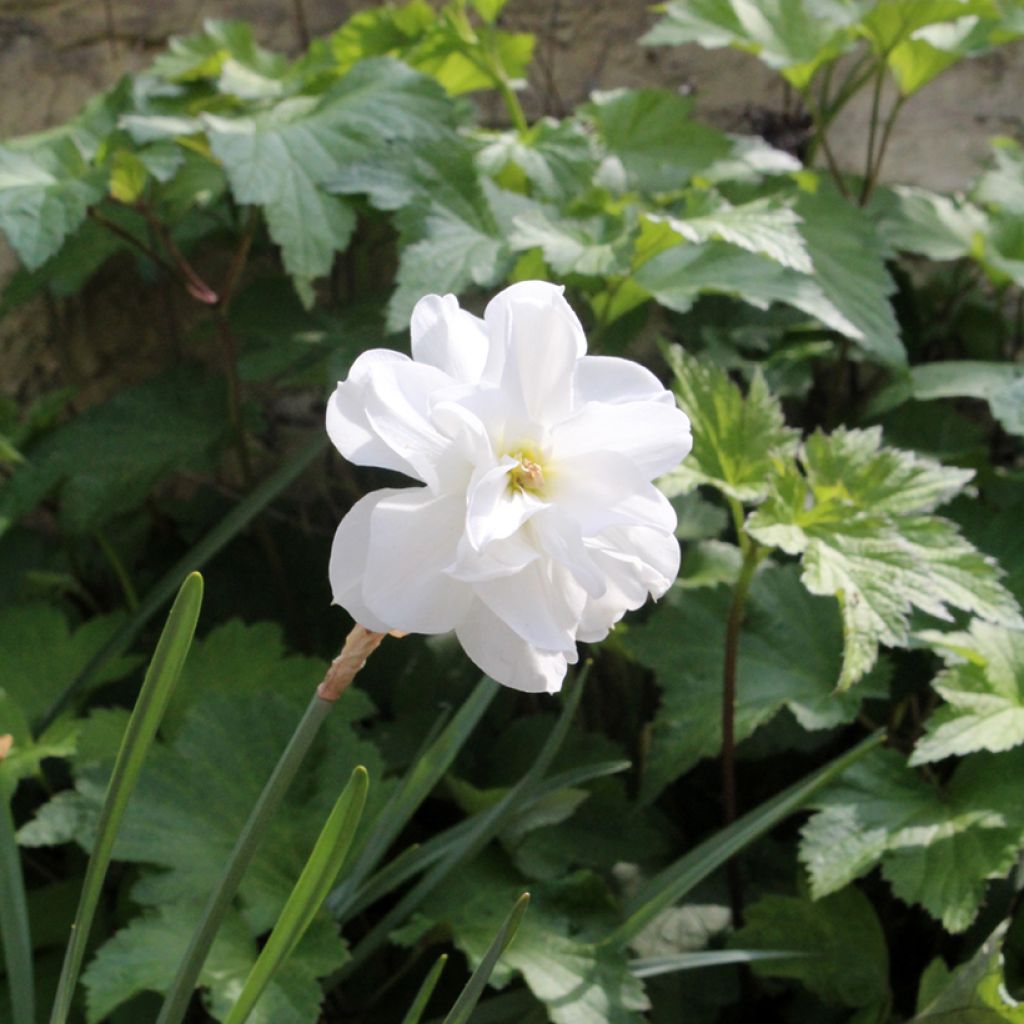

Narcissus poeticus 'Albus Plenus Odoratus'
Narcissus poeticus 'Albus Plenus Odoratus'
Narcissus poeticus Albus Plenus Odoratus
Pheasant's Eye, Poet's Narcissus, Poet's Daffodil, Nargis
Special offer!
Receive a €20 voucher for any order over €90 (excluding delivery costs, credit notes, and plastic-free options)!
1- Add your favorite plants to your cart.
2- Once you have reached €90, confirm your order (you can even choose the delivery date!).
3- As soon as your order is shipped, you will receive an email containing your voucher code, valid for 3 months (90 days).
Your voucher is unique and can only be used once, for any order with a minimum value of €20, excluding delivery costs.
Can be combined with other current offers, non-divisible and non-refundable.
This plant carries a 6 months recovery warranty
More information
We guarantee the quality of our plants for a full growing cycle, and will replace at our expense any plant that fails to recover under normal climatic and planting conditions.
Does this plant fit my garden?
Set up your Plantfit profile →
Description
Narcissus poeticus 'Albus Plenus Odoratus', often called the 'Double Pheasant Eye', is a delightful double-flowered form of the Poet's Narcissus, highly valued for its fragrance. This historic variety, discovered before 1861, produces charming flowers in late spring that resemble those of a gardenia, warmed by a small yellow heart bordered in red. Double and subtly multicoloured, adorned with a magnificent scent, this flower makes beautiful bouquets to perfume the house. Like many varieties derived from the Poet's Narcissus, this bulb prefers cool climates and is perfectly resistant to cold.
Native to Western Europe, the narcissus belongs to the Amaryllidaceae family. The genus Narcissus includes many species and varieties, both of botanical origin (such as the Poet's Narcissus) and horticultural. The jonquil (Narcissus jonquilla), with yellow flowers and leaves resembling those of a rush, is one of the species in the Narcissus genus. In some regions, the yellow narcissus or trumpet narcissus (Narcissus pseudonarcissus) is sometimes called a jonquil, which often leads to confusion between jonquils and narcissus.
Narcissus poeticus 'Albus Plenus Odoratus', of uncertain origin, was already known and appreciated in the early 19th century. It is derived from the Poet's Narcissus, which grows spontaneously in France, Switzerland, and Italy, particularly in alpine meadows. It is a bulbous plant with slightly pointed linear leaves, of a slightly bluish-green colour. The hollow stems, about 40cm (16in) long, end with flowers that have a double to triple perianth, composed of pure white petals that blend with the small golden-yellow crown bordered in red-orange. The Narcissus poeticus 'Alba Plena' produces highly fragrant flowers. This variety tends to bloom in May or early June, depending on the climate. Curiously, some years, the flower buds fail to open, depriving gardeners of the long-awaited flowering. Various hypotheses have been put forward to explain this phenomenon, none of which, individually examined, seems truly satisfactory. Perhaps it is a question of climate or temperature at the time of flowering...
Easy to grow and very hardy, Narcissus 'Albus Plenus Odoratus' can be planted in various locations in the garden: at the front of a shrub bed, as a border, in the middle of a short grass meadow, or even in a pot. It pairs beautifully with tulips, forget-me-nots, and wood hyacinths, and naturalizes easily. However, be cautious with young children, as the bulb, flower, and leaves are toxic. Narcissus bulbs are the hardiest bulbs planted in autumn, preferring well-drained and light soil, but they are very accommodating.
For bouquets: We advise against mixing Narcissus with other flowers, especially tulips. The stems of Narcissus contain a substance that quickly wilts other flowers. This adverse effect on other flower types can be mitigated by dipping the ends of the Narcissus stems in warm water for 1 to 2 minutes.
Narcissus poeticus 'Albus Plenus Odoratus' in pictures
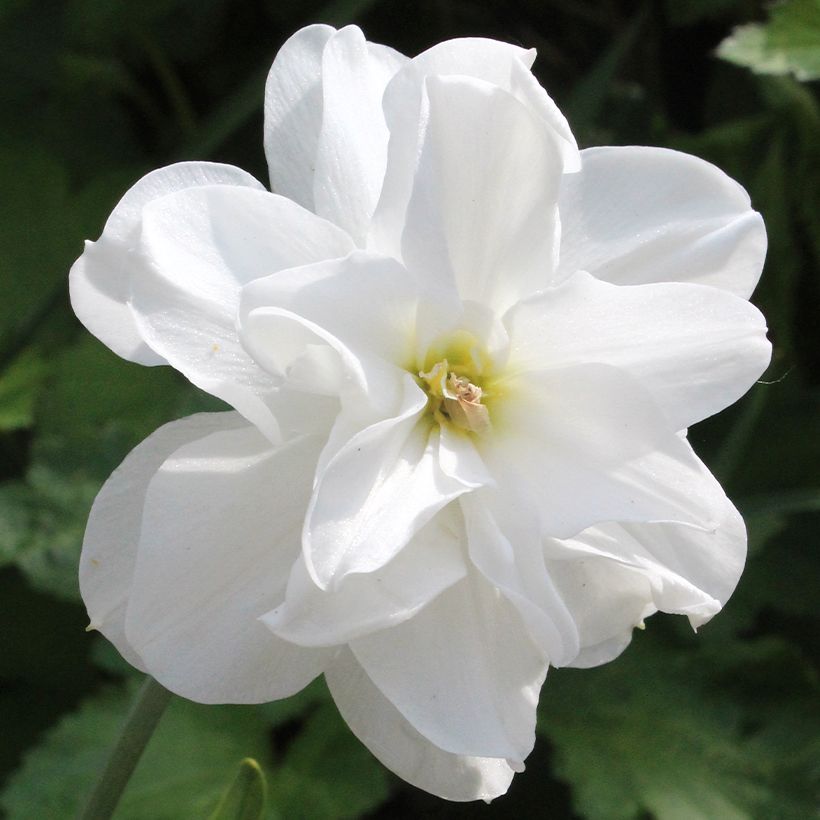



Plant habit
Flowering
Foliage
Botanical data
Narcissus
poeticus
Albus Plenus Odoratus
Amaryllidaceae
Pheasant's Eye, Poet's Narcissus, Poet's Daffodil, Nargis
Cultivar or hybrid
Planting and care
Place the Daffodils in full sun or partial shade in a light, fairly fertile, well-drained soil that remains moist during the growing season, preferably rich in humus. Plant them in deep and firm soil at a depth of 15cm (6in). They come back every year. At the end of flowering, you can trim them when they have withered, but not before, as the bulb would not be able to rebuild itself and prepare the flowers for the following year, or you can plant them in a container, associating them with perennials that will bloom later in the season. Daffodils can be susceptible to narcissus fly and eelworms, but only in large-scale cultivation, so it has no impact in the garden. Be careful of slugs, collar rot in poorly drained or overly wet soil during the resting period, and various fungal diseases and viruses (yellow streaks).
Planting period
Intended location
Care
Planting & care advice
-
, onOrder confirmed
Reply from on Promesse de fleurs
Haven't found what you were looking for?
Hardiness is the lowest winter temperature a plant can endure without suffering serious damage or even dying. However, hardiness is affected by location (a sheltered area, such as a patio), protection (winter cover) and soil type (hardiness is improved by well-drained soil).

Photo Sharing Terms & Conditions
In order to encourage gardeners to interact and share their experiences, Promesse de fleurs offers various media enabling content to be uploaded onto its Site - in particular via the ‘Photo sharing’ module.
The User agrees to refrain from:
- Posting any content that is illegal, prejudicial, insulting, racist, inciteful to hatred, revisionist, contrary to public decency, that infringes on privacy or on the privacy rights of third parties, in particular the publicity rights of persons and goods, intellectual property rights, or the right to privacy.
- Submitting content on behalf of a third party;
- Impersonate the identity of a third party and/or publish any personal information about a third party;
In general, the User undertakes to refrain from any unethical behaviour.
All Content (in particular text, comments, files, images, photos, videos, creative works, etc.), which may be subject to property or intellectual property rights, image or other private rights, shall remain the property of the User, subject to the limited rights granted by the terms of the licence granted by Promesse de fleurs as stated below. Users are at liberty to publish or not to publish such Content on the Site, notably via the ‘Photo Sharing’ facility, and accept that this Content shall be made public and freely accessible, notably on the Internet.
Users further acknowledge, undertake to have ,and guarantee that they hold all necessary rights and permissions to publish such material on the Site, in particular with regard to the legislation in force pertaining to any privacy, property, intellectual property, image, or contractual rights, or rights of any other nature. By publishing such Content on the Site, Users acknowledge accepting full liability as publishers of the Content within the meaning of the law, and grant Promesse de fleurs, free of charge, an inclusive, worldwide licence for the said Content for the entire duration of its publication, including all reproduction, representation, up/downloading, displaying, performing, transmission, and storage rights.
Users also grant permission for their name to be linked to the Content and accept that this link may not always be made available.
By engaging in posting material, Users consent to their Content becoming automatically accessible on the Internet, in particular on other sites and/or blogs and/or web pages of the Promesse de fleurs site, including in particular social pages and the Promesse de fleurs catalogue.
Users may secure the removal of entrusted content free of charge by issuing a simple request via our contact form.
The flowering period indicated on our website applies to countries and regions located in USDA zone 8 (France, the United Kingdom, Ireland, the Netherlands, etc.)
It will vary according to where you live:
- In zones 9 to 10 (Italy, Spain, Greece, etc.), flowering will occur about 2 to 4 weeks earlier.
- In zones 6 to 7 (Germany, Poland, Slovenia, and lower mountainous regions), flowering will be delayed by 2 to 3 weeks.
- In zone 5 (Central Europe, Scandinavia), blooming will be delayed by 3 to 5 weeks.
In temperate climates, pruning of spring-flowering shrubs (forsythia, spireas, etc.) should be done just after flowering.
Pruning of summer-flowering shrubs (Indian Lilac, Perovskia, etc.) can be done in winter or spring.
In cold regions as well as with frost-sensitive plants, avoid pruning too early when severe frosts may still occur.
The planting period indicated on our website applies to countries and regions located in USDA zone 8 (France, United Kingdom, Ireland, Netherlands).
It will vary according to where you live:
- In Mediterranean zones (Marseille, Madrid, Milan, etc.), autumn and winter are the best planting periods.
- In continental zones (Strasbourg, Munich, Vienna, etc.), delay planting by 2 to 3 weeks in spring and bring it forward by 2 to 4 weeks in autumn.
- In mountainous regions (the Alps, Pyrenees, Carpathians, etc.), it is best to plant in late spring (May-June) or late summer (August-September).
The harvesting period indicated on our website applies to countries and regions in USDA zone 8 (France, England, Ireland, the Netherlands).
In colder areas (Scandinavia, Poland, Austria...) fruit and vegetable harvests are likely to be delayed by 3-4 weeks.
In warmer areas (Italy, Spain, Greece, etc.), harvesting will probably take place earlier, depending on weather conditions.
The sowing periods indicated on our website apply to countries and regions within USDA Zone 8 (France, UK, Ireland, Netherlands).
In colder areas (Scandinavia, Poland, Austria...), delay any outdoor sowing by 3-4 weeks, or sow under glass.
In warmer climes (Italy, Spain, Greece, etc.), bring outdoor sowing forward by a few weeks.






























